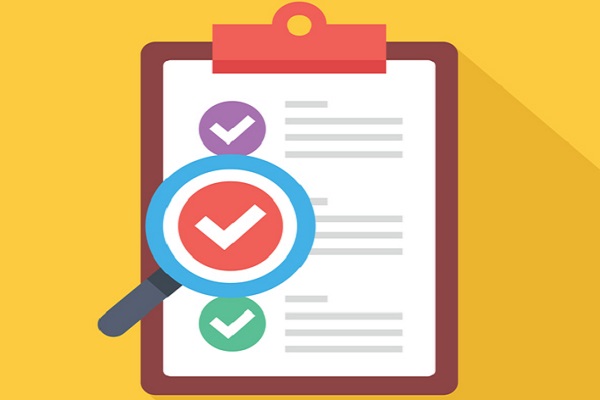Types Of College Lists: Reach, Target and Safety Colleges

Once you are done with researching and looking up college information, the next step is to shortlist the colleges. The important question is, How many schools should you apply to?
There is no correct answer to this question, however, to be on the safer side you should apply to at least six to eight colleges with ten as the maximum number. To be honest, the final number you shortlist is less important than having a good balance of reach colleges, target colleges, and safety colleges.
Let's talk about reach colleges first. There are two further types of reach colleges. First, there are colleges that are a reach for everyone, they are so selective that even perfect grades and test scores don't guarantee acceptance. Highly selective colleges belong to this category. Colleges with an acceptance rate less than 25% are automatically reach colleges. The second type of reach college is the college that is a reach for you. This is a college whose requirements are higher than your qualifications. For example, if your GPA is 3.0, they ask for a 3.5. If you have a 6 band on IELTS, they ask for 7. It doesn't mean that you can't get accepted there. It just means that the admission is a reach.
The next type is the target college. Your qualifications match the college's requirements exactly. They want a 3.5 GPA. You have a 3.5. They want 6.5 bands in IELTS, you have exactly that. Again, this doesn't mean that your admission there is guaranteed, but here you have a good chance of acceptance.
Finally, there are safety colleges. A safety college is one where your qualifications and grades exceed the requirements. If the college wants a 3.0 GPA, you have a 3.5. They want a 6 band in IELTS, you have a 7. There is still no guarantee, but you should be accepted.
The only way to judge if a college is either reach, target or safety is by numbers. You need to refer to your research notes on acceptance rates, grades, GPA requirements, test score averages etc. Take a look at those numbers and compare them to your qualifications. Then it should be clear which college on your list is reach, which is target, and which is safety.
Choosing your reach colleges is easy, but choosing your safety colleges is more important. Every student should include at least two safety colleges so that no matter what happens you still have the option open with your safety colleges.
When it comes to choosing safety colleges, use your reach colleges as guidance. Maybe you prefer the location of a reach college, so look around to see if there are other colleges in that same city or area that could be considered a safety college.
The reach and safety colleges share the same qualities. It is just that the safety ones are easier to get into compared to reach colleges. During this stage, you might be surprised that some of the highly-ranked colleges come under the safe category.
A good college list has a balance of all three types of colleges. A list that only has reach colleges is a recipe for disaster as you risk not being accepted anywhere. However, with a good number of safety colleges as your foundation, you will have the freedom to add target schools and a few reach schools to your list.
As we mentioned earlier, every student should have reach colleges on their list. The worst thing that can happen is that you get denied at the reach colleges. And if you do, it's okay. So if you know a college is a reach, try your best and see what happens later on.
Related articles:

Aishwarya is a professional Writer currently working as a Study Abroad Expert in the Editorial Team at Shiksha. She has over 5 years of experience and is skilled at creating Online Content with leveraged knowledge i... Read Full Bio
- Universities in UK175 Universities
- Universities in USA1036 Universities
- Universities in Canada174 Universities
- Universities in Australia122 Universities
- Universities in Ireland32 Universities
- Universities in New Zealand70 Universities
